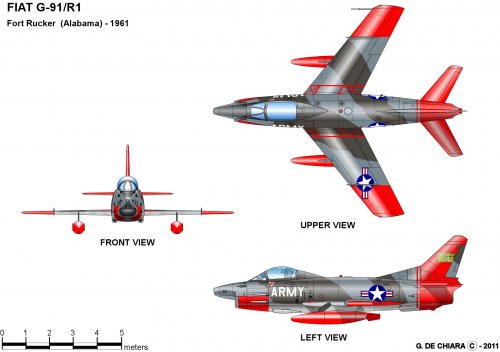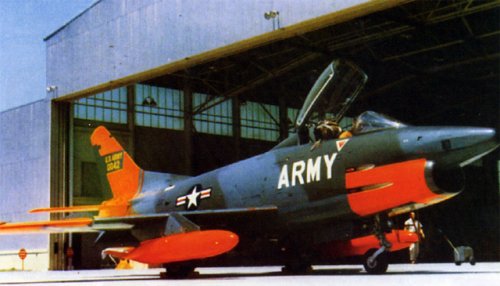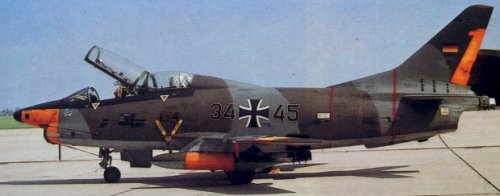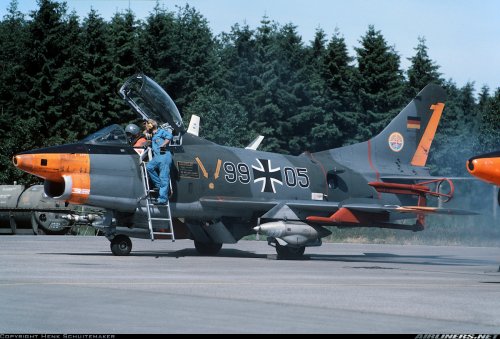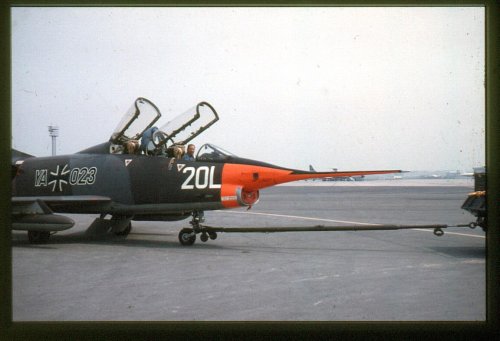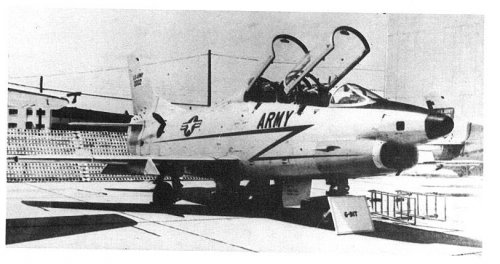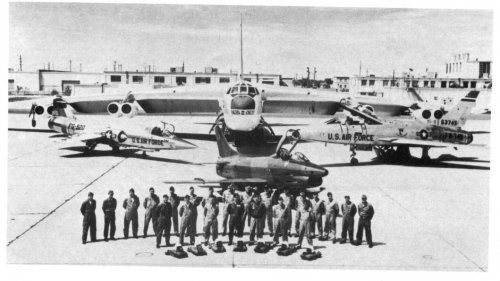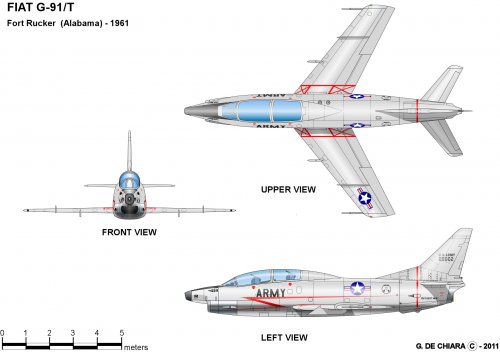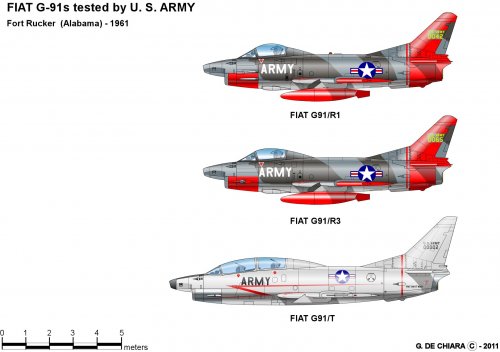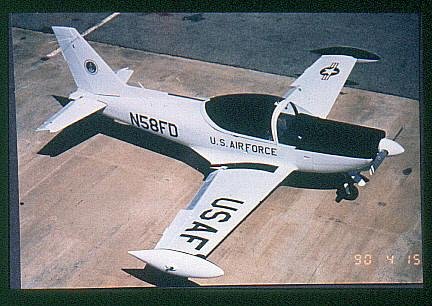archipeppe
ACCESS: Top Secret
- Joined
- 18 October 2007
- Messages
- 2,288
- Reaction score
- 2,325
In relation with the recent thread about Grumman A-6 for US ARMY, it worth to remember that during 1961 US ARMY evaluated four FIAT-G91s: two G91-R1 (4 browning) one G91-R3 (2 DEFA cannons) and one G91-T (two seat trainer for pilot's conversion).
The discussion about the A6 is here:
http://www.secretprojects.co.uk/forum/index.php/topic,13285.0.html
Such topic was already threated here:
http://www.secretprojects.co.uk/forum/index.php/topic,2979.msg23990/topicseen.html#msg23990
And here it is my personal contribution about the matter...
The discussion about the A6 is here:
http://www.secretprojects.co.uk/forum/index.php/topic,13285.0.html
Such topic was already threated here:
http://www.secretprojects.co.uk/forum/index.php/topic,2979.msg23990/topicseen.html#msg23990
And here it is my personal contribution about the matter...

